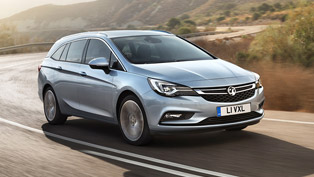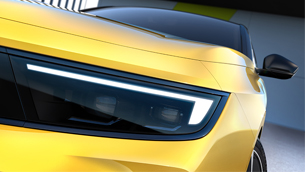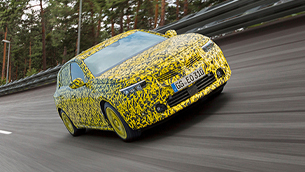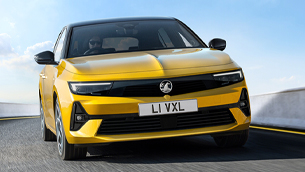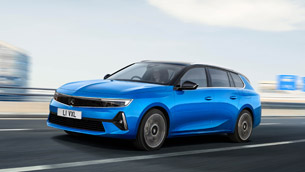Winter is Coming and According to Vauxhall, There Will Be Light
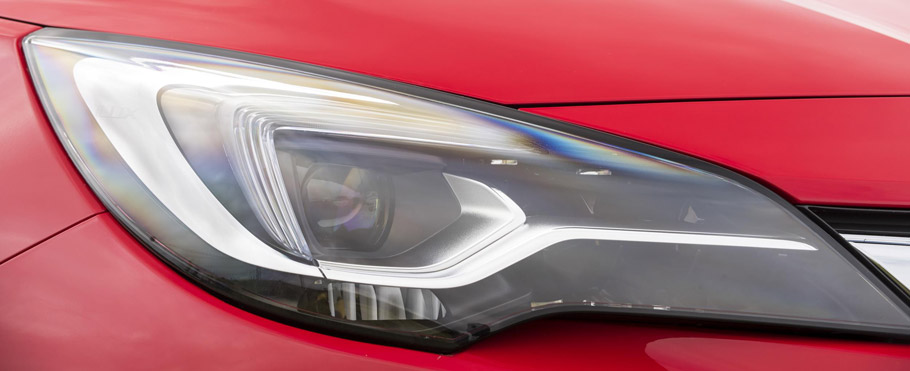 Winter is coming and brings tons of responsibilities for drivers and vehicle owners. And at this time of the year Vauxhall decided to add some more flavor to its all-new Astra with the IntelliLux LED Matrix headlights. As the dark times of the year approach, these adaptive, glare-free, permanent high-beam lamps will illuminate your road in a significant way and will also reduce the risk of accidents. Or at least say so Vauxhall's engineering team.
Winter is coming and brings tons of responsibilities for drivers and vehicle owners. And at this time of the year Vauxhall decided to add some more flavor to its all-new Astra with the IntelliLux LED Matrix headlights. As the dark times of the year approach, these adaptive, glare-free, permanent high-beam lamps will illuminate your road in a significant way and will also reduce the risk of accidents. Or at least say so Vauxhall's engineering team.
According to the Department for Transport statistics, there are over 900 accidents in darkness hours that involve carriage way hazard. And almost the half of them involve animals and other objects. And in such dark times Vauxhall comes with solution and offers salvation and devotion to the light side. So, let's check out how bright is the light side of driving.
The Adaptive LED Matrix Lights
The lights consist a total of 16 LED segments, eight on each side of the vehicle and a special matrix system that switches the high beam on right after the car exits the urban area and then again automatically and constantly adapts both the length and shape of the light cone in every traffic situation.
And using the input from the front camera that detects the light source from an approaching vehicle, the IntelliLux again automatically deactivates the individual LEDs in the relevant zone that can blind other drivers. Frankly, this seems a really useful idea.
SEE ALSO: 2016 Vauxhall Astra Sports Tourer Will be Even More Flexible
The researches made in the Darmstadt University of Technology, Germany and the European LightSightSafety initiative do demonstrate some interesting conclusions. At speeds of about 90km/h (50mph) drivers with full LED matrix systems locate objects at the side of the road approximately 30-40m earlier than drivers in vehicles with conventional halogen or xenon lights. In other words, the driver who uses LED matrix system has additional 1.5 seconds for reaction in road situations.
And one more thing. When the camera detects light sources from oncoming vehicles, the individual LEDs in the relevant zone deactivate themselves and cut out the area around the cars. But at the same time the rest of the road is highly illuminated.
So, should we trust Vauxhall's path of illumination or should we stick to the old, but still proved itself path of not-that-dark-darkness?
Source: Vauxhall






